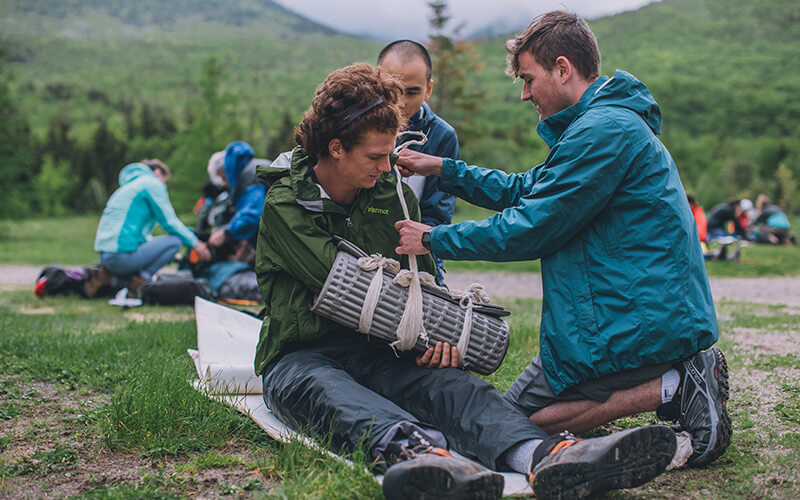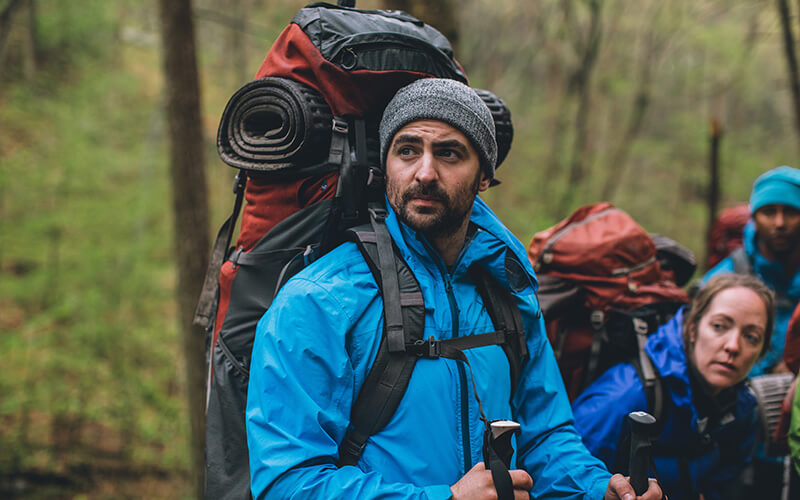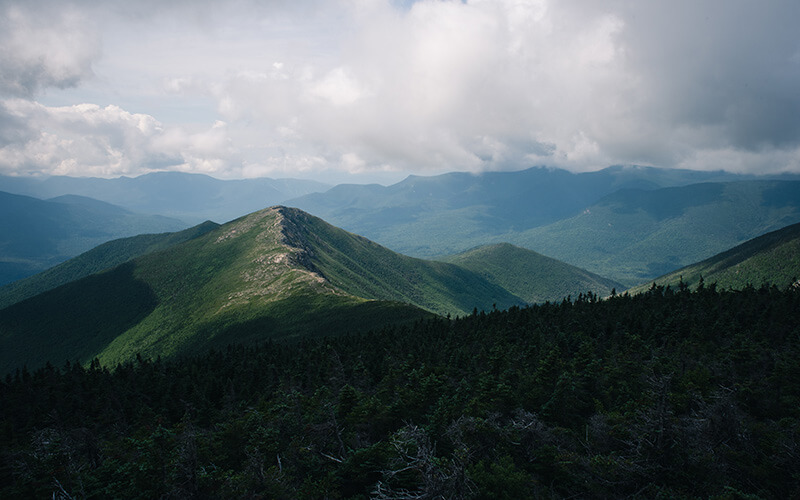What’s in Your First Aid Kit? An Expert Weighs in on COVID-19 Additions

When heading outdoors adventure, it’s important to carry a first aid kit with you at all times. Not only is it one of the ten essentials, it’s also crucial for common injuries and mishaps you may experience. After all, you never know when misfortune may strike. Amid a global pandemic, however, you must also contend with the possibility that you may encounter—and need to treat—an injured or disabled hiker of unknown health status.
To gauge how the pandemic is affecting wilderness first aid and equipment—and for some thoughts about first aid kits specifically—I spoke with Josh MacMillan, assistant director of education for New Hampshire-based SOLO Wilderness Medical Schools, where he teaches and develops the curriculum for the school’s wilderness EMT and first responder courses. He also works full time as a paramedic firefighter in Conway, N.H.

Five items to be COVID prepared
While the likelihood of exposure to COVID-19 may be low in the backcountry, carrying a few simple items can further reduce the risk, MacMillan explains. “Obviously you’ll want an increased emphasis on having personal protective equipment, or PPE, on hand,” he says. He highlights five key items to carry: disposable gloves (ideally medical grade); a face mask (surgical grade or better); eye protection; an adequately protective pocket mask for CPR; and hand sanitizer.
“Some medical research indicates potential transmission through the ocular membrane, which means you should wear some sort of eye protection to minimize the potential for droplet transmission,” MacMillan adds. “It doesn’t have to be anything specialized, just something that covers your eyes such as sunglasses or basic safety glasses.”
If you do encounter a hiker in need of CPR, MacMillan emphasizes that you’ll need a pocket mask with a HEPA filter to protect yourself during rescue breathing. For this, MacMillan recommends the brand Laerdal, including its Laerdal Pocket Mask. “If you don’t have a mask with a HEPA filter,” he cautions, “then you should only be doing chest compressions.”
Lastly, MacMillan reinforces that you should have hand sanitizer at the ready and use it on any exposed skin that may have come in contact with the patient or other potential virus source.
First aid kit basics
COVID-19 protection is just one present-day component of a first aid kit, of course; you should also always carry the basic gear you need to handle the most common injuries. Ahandful of minor injuries account for most incidents in the backcountry, including cuts and scrapes, blisters, minor burns, twists and sprains (ankles, especially), and general soreness, aches, and pains from loaded packs and hard miles on the trail.
“I think that in every pack you should have the really simple stuff,” MacMillan says. “That way you’ve got what you need to manage any minor type of soft injury in the backcountry.” For cuts, scrapes, and burns, you’ll want antiseptic wipes or antibiotic ointment and Band-Aids, including some sized for fingertips and knuckles. For blister prevention and treatment, moleskin or blister bandages and a small pair of scissors are essential. A stout pair of tweezers can be crucial for splinter and tick removal. Over-the-counter pain medication, such as ibuprofen or acetaminophen, helps manage pain and reduces swelling. For wrapping sprained joints, MacMillan recommends a 4-inch-wide elastic (ACE) bandage.
And then there are those issues that are not generally life threatening but can be intensely distracting and unpleasant. You may thank yourself later if you carry the following: antidiarrheal medication for gastrointestinal distress; hydrocortisone cream to relieve skin irritations such as insect bites; an antihistamine such as Benadryl for allergic reactions; and a body powder, such as Gold Bond, to reduce painful chafing.

If you’re traveling deeper into the backcountry or with a large group, you should consider upgrading your first-aid kit for more serious incidents, such as a broken bone, a major laceration, or a severe burn. To help stabilize a broken bone, a SAM splint can be molded to the injured limb. For a major wound or laceration, you’ll want to have gauze pads, large wound pads, medical tape, and an irrigation syringe to cleanse the area of dirt and debris. In the event of a severe burn, a moist protective dressing such as Second Skin can help ease pain, foster healing, and shield the wound from the elements.
A range of pre-packaged first aid kits are available from reputable companies like Fox Medical Kits and Wilderness Medical Systems, or you can assemble your own. “Most pre-packaged kits are pretty standard, so all the real core basics are usually in there,” notes MacMillan. “They’re usually more expensive, though. Buying first aid items on your own allows you more customization and costs less but does take more time.”
While COVID-19 necessitates an extra layer of preparedness in the backcountry, MacMillan emphasizes packing the right safety gear anytime we head out—pandemic or not. “At the end of the day,” MacMillan says, “it’s really just about people being prepared to safely go wherever they want and realizing that every time we go in the backcountry there’s a bit more risk than normal—but that’s also part of the fun of it all.”




